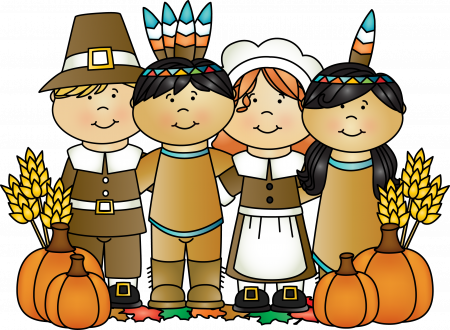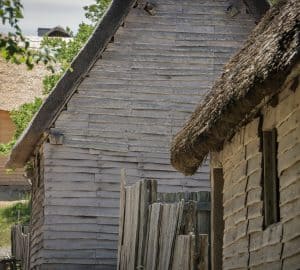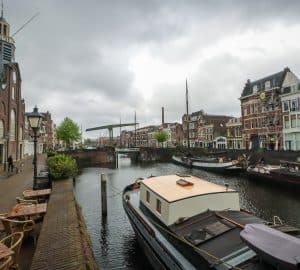
It’s Thanksgiving, which means that the Pilgrims are in the news, and unfortunately it means that there’s a lot of falsehoods about the Pilgrims in the news. These come in various forms. The traditional story of Pilgrims in buckle hats and grinning Indians has it’s problems, but those have been debunked time and time again. Today I want to look at the falsehoods in the new story of the Pilgrims that is written by those pushing “decolonization” and the narrative of one sided oppression of indigenous peoples.
Honoring the Wampanoag?
Let’s start first with President Biden’s official Thanksgiving proclamation, in which he says:
“[T]he Pilgrims celebrated Thanksgiving in honor of their first successful harvest and the support and generosity of the Wampanoag people who made it possible.”
Little is known about the “First Thanksgiving” of 1621. The only evidence we have comes down to one paragraph in Mourt’s Relation. It says that intended to “after a special manner rejoice together after we had gathered the fruits of our labours.” Addressing potential colonists back in England, the authors said “by the goodness of God, we are so far from want that we often wish you partakers of our plenty.” They feasted with the natives, but there is no reason to think that the feast was intended to honor the harvest or the Wampanoag. The Pilgrims were rejoicing in and thanking God, who they recognized as the giver of all that they received. President Biden makes no direct mention of God in his call for Americans to be thankful.
Regarding the Indians, they said “it hath pleased God … to possess the Indians with a fear of us, and love unto us…” While they surely were thankful that the Wampanoag made peace and stopped attacking them, there is no reason to think that was the purpose of the celebration.
“They All Died”
USA Today has an article interviewing Paula Peters, a member of the Tribal Council of the Mashpee Wampanoag Tribe. She describes hearing about the Thanksgiving story in school:
“[A] classmate asked what happened to those friendly Indians after Thanksgiving. ‘They all died,’ the teacher said.”
This anecdote makes no sense. We are talking about the 1600s – everyone involved died long ago. It seems to be implying that they were killed by the Pilgrims, but that is just not true. There was peace between the Wampanoag and the Pilgrims for decades. The main part of the “Great Dying” had passed. While it is impossible to trace exactly what happened to those Indians, many of them surely died natural deaths after full lives.
Moving Decaying Bodies
The USA Today article continues:
“[S]ettlers who came to [Patuxet] had to move decaying bodies to make the village that later became Plymouth. Peters said that story is rarely told, and demonstrates an example of the erasure of Indigenous histories.”
It is true that the Pilgrims built Plymouth on the site of Patuxet, a former Indian village abandoned after a huge percentage of the population perished in the “Great Dying.” However, the shocking image Peters paints here, of having to move bodies to make way for the settlement, is not supported by the historical evidence. In a scholarly article, Peters quotes a reference to unburied bodies, but that was a general reference – not specifically to Patuxet/Plymouth. To assert that this happened in Plymouth is simply an invention intended to sensationalize the story.
There are other parts of USA Today’s story that are also invented, but these examples will have to suffice for now. Mythology and distortion are dangerous no matter where they come from, but it is particularly disturbing when it comes from those who claim to be setting the record straight.




